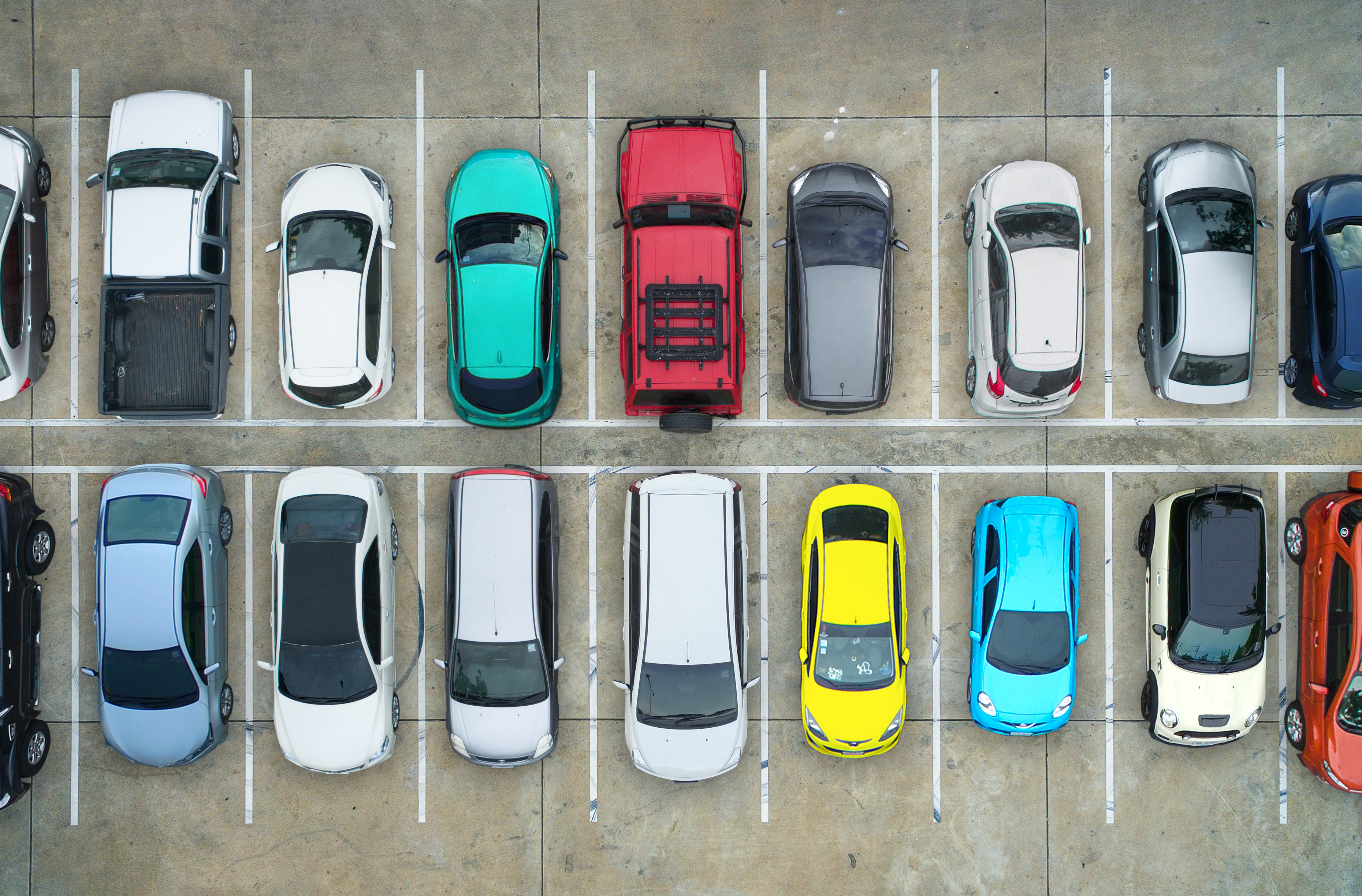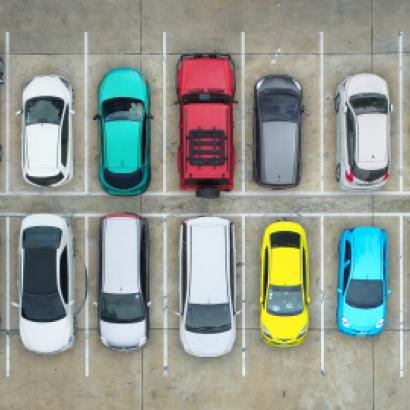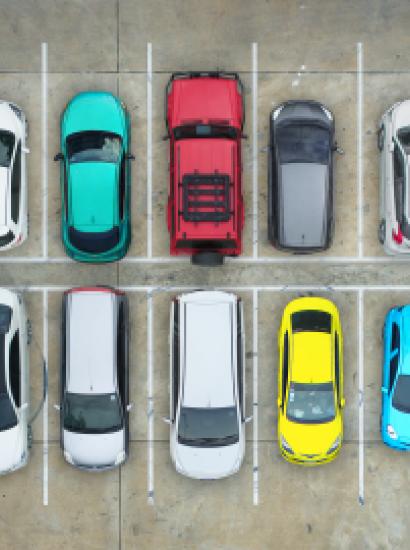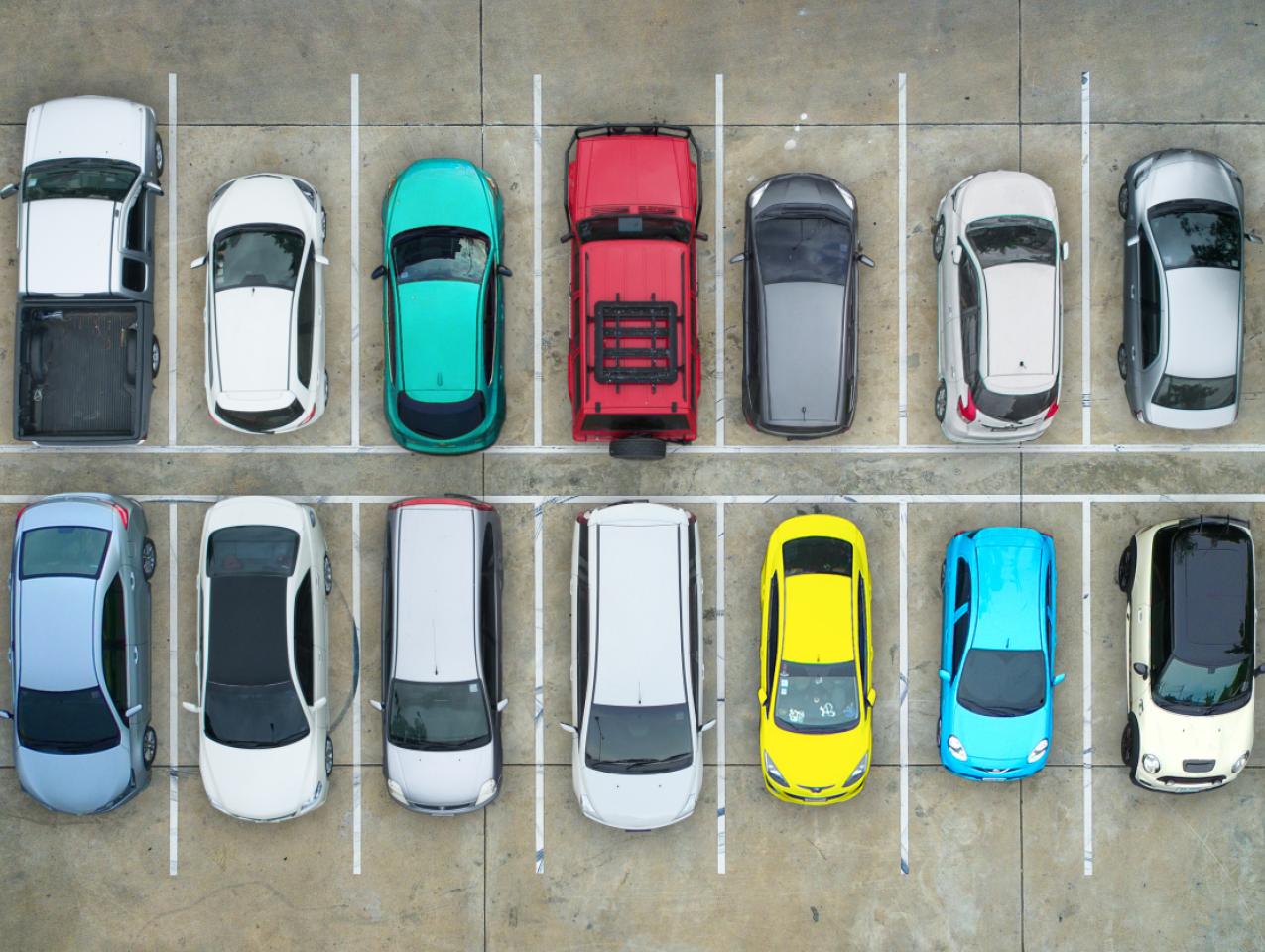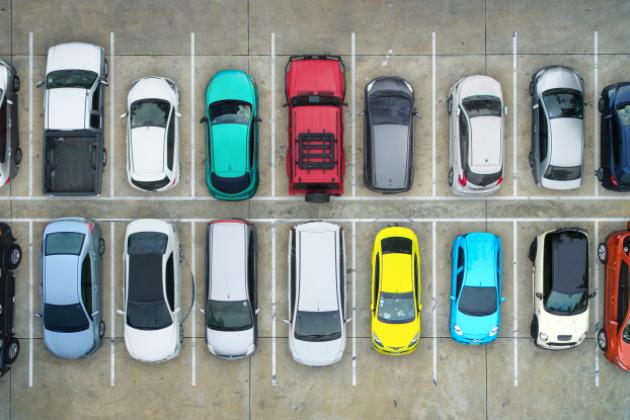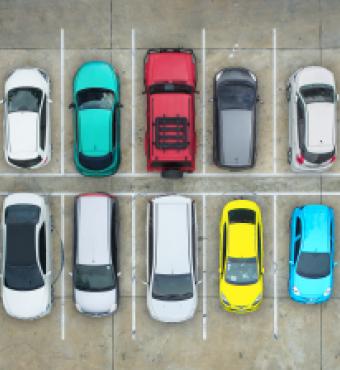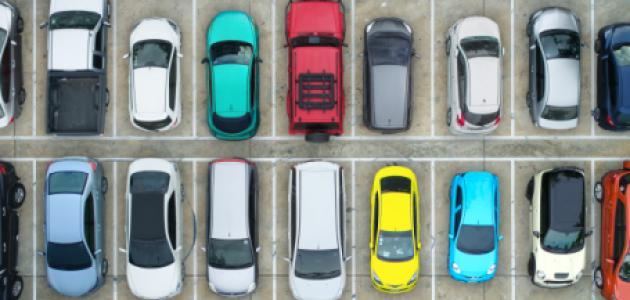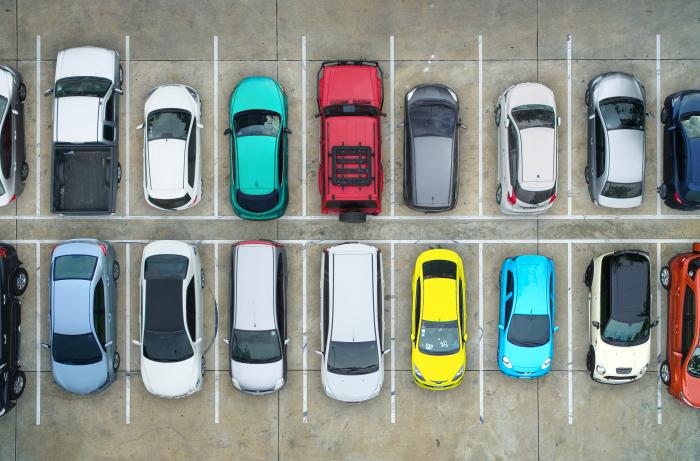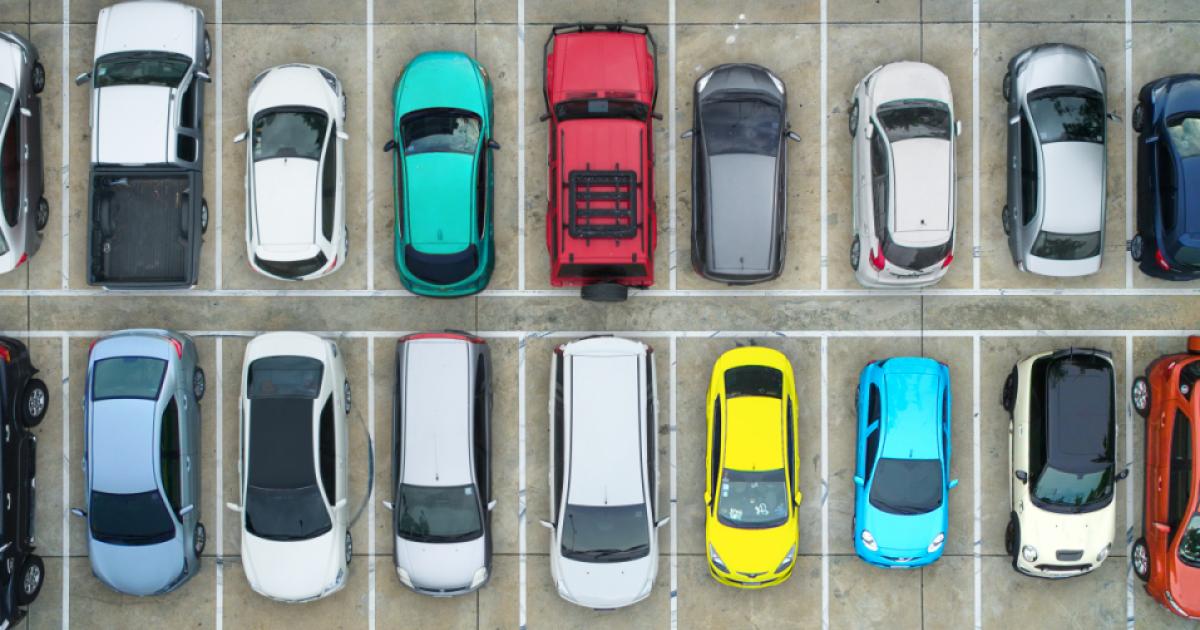- Energy & Environment
- Science & Technology
- Law & Policy
Abstract: The introduction of autonomous vehicles (AVs) onto the nation’s motorways raises important questions about our legal system’s adaptability to novel risks and incentive problems presented by such technology. A significant part of the challenge comes in understanding how to navigate the transition period, as AVs interact routinely with conventional human actors. This paper extends a familiar multilateral precaution framework from the law and economics literature by analyzing interactions between algorithmic and human decision makers. My analysis demonstrates that several familiar negligence-based rules (for precautions and product safety) are able to accommodate such interactions e¢ciently. That said, a smooth transition will likely require substantial doctrinal/legal reforms in certain states, as well as a more general reconceptualization of fault standards across all states–not only for AVs but also for human actors themselves.
Read the paper: Automatorts: How Should Accident Law Adapt to Autonomous Vehicles? Lessons from Law and Economics






